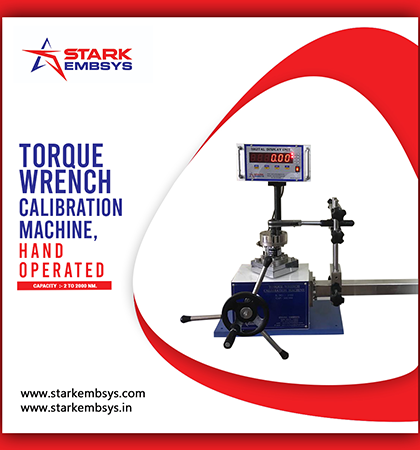
Rotary Torque Sensor
Rotary torque sensors measure torque by being coupled between an object and what it is imparting torque to. Inside the torque sensor, a shaft covered with strain gauges rotates. These strain gauges measure the torque transmitted through the shaft.
Reaction Torque sensors work by measuring the reaction force generated by an object that is creating torque. It measures this torque by being in line with an object generating or acted on by torque such as a motor and its static mounts. These types of torque sensors are not intended to rotate. They can under controlled circumstances be rotated over a small range or can be used with rotating shafts that pass through the middle of our through-hole reaction torque sensors.
What can you check through this machine?
The Computer controlled equipment is used to test tensile strength and elongation of a wide range of materials. The parameters that can be measured are Flexural, Compression, Bending, Shearing, Peeling, Tear & other tests are possible through special grips & fixtures.
Force Measurement
• Force is measured by Electronic Load Cells of high accuracy.
• Two Load-cells are used: One each for higher and lower strength material.
Elongation Measuring Device
• This is a Built-in Device
• Through the cross head movement by incremental encoder, elongation is measured
• For range & resolution, refer specification table
Batch Test Facility
In a batch test, statistical analysis report is generated for the minimum, maximum, mean and C.V % of the strength and elongation.
Cyclic Test Facility
This is used for rubber belting, where loading and unloading of specimen is automatic for a maximum of 999 cycles. With 5% tolerance, specimen can be stretched between the given load or elongation limit.
SPECIFICATIONS
| Capacity |
100,200,500Kgf
|
| Load applying |
Speed controlled Motorized operation
|
| Calibration |
NABL / NPL Calibrated (Optional)
|
| Warranty |
12 months from the date of installation
|
| Type |
Universal,Tension & Compression
|
| Least Count |
0.01mm (Deflection)
|
| Measuring Units |
N,KN,Kgf (Optional)
|
| Accuracy |
+ 1% of the reading
|




